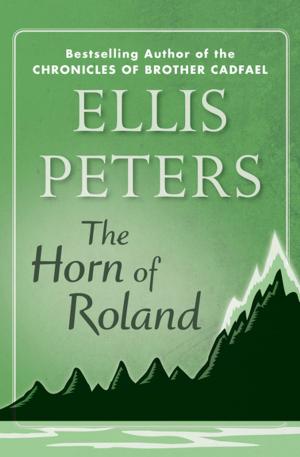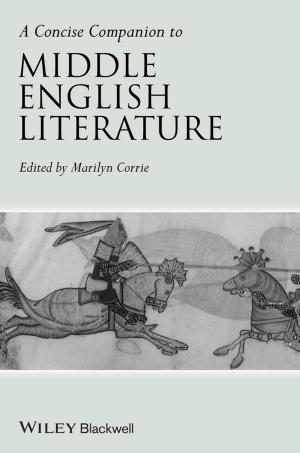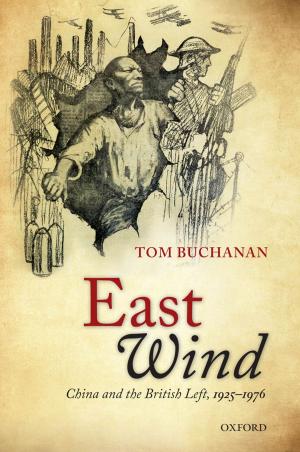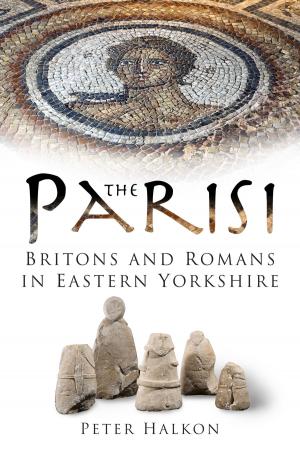Cliffs End Farm Isle of Thanet, Kent
A mortuary and ritual site of the Bronze Age, Iron Age and Anglo-Saxon period with evidence for long-distance maritime mobility
Nonfiction, Social & Cultural Studies, Social Science, Archaeology, History, European General, British| Author: | Jacqueline I. McKinley, Matt Leivers, Jörn Schuster, Peter Marshall | ISBN: | 9781874350712 |
| Publisher: | Wessex Archaeology | Publication: | February 5, 2015 |
| Imprint: | Wessex Archaeology | Language: | English |
| Author: | Jacqueline I. McKinley, Matt Leivers, Jörn Schuster, Peter Marshall |
| ISBN: | 9781874350712 |
| Publisher: | Wessex Archaeology |
| Publication: | February 5, 2015 |
| Imprint: | Wessex Archaeology |
| Language: | English |
Excavations at Cliffs End Farm, Thanet, Kent, undertaken in 2004/5 uncovered a dense area of archaeological remains including Bronze Age barrows and enclosures, and a large prehistoric mortuary feature, as well as a small early 6th to late 7th century Anglo-Saxon inhumation cemetery. An extraordinary series of human and animal remains were recovered from the Late Bronze Age–Middle Iron Age mortuary feature, revealing a wealth of evidence for mortuary rites including exposure, excarnation and curation. The site seems to have been largely abandoned in the later Iron Age and very little Romano-British activity was identified. In the early 6th century a small inhumation cemetery was established. Very little human bone survived within the 21 graves, where the burial environment differed from that within the prehistoric mortuary feature, but grave goods indicate ‘females’ and ‘males’ were buried here. Richly furnished graves included that of a ‘female’ buried with a necklace, a pair of brooches and a purse, as well as a ‘male’ with a shield covering his face, a knife and spearhead. In the Middle Saxon period lines of pits, possibly delineating boundaries, were dug, some of which contained large deposits of marine shells. English Heritage funded an extensive programme of radiocarbon and isotope analyses, which have produced some surprising results that shed new light on long distance contacts, mobility and mortuary rites during later prehistory. This volume presents the results of the investigations together with the scientific analyses, human bone, artefact and environmental reports.
Excavations at Cliffs End Farm, Thanet, Kent, undertaken in 2004/5 uncovered a dense area of archaeological remains including Bronze Age barrows and enclosures, and a large prehistoric mortuary feature, as well as a small early 6th to late 7th century Anglo-Saxon inhumation cemetery. An extraordinary series of human and animal remains were recovered from the Late Bronze Age–Middle Iron Age mortuary feature, revealing a wealth of evidence for mortuary rites including exposure, excarnation and curation. The site seems to have been largely abandoned in the later Iron Age and very little Romano-British activity was identified. In the early 6th century a small inhumation cemetery was established. Very little human bone survived within the 21 graves, where the burial environment differed from that within the prehistoric mortuary feature, but grave goods indicate ‘females’ and ‘males’ were buried here. Richly furnished graves included that of a ‘female’ buried with a necklace, a pair of brooches and a purse, as well as a ‘male’ with a shield covering his face, a knife and spearhead. In the Middle Saxon period lines of pits, possibly delineating boundaries, were dug, some of which contained large deposits of marine shells. English Heritage funded an extensive programme of radiocarbon and isotope analyses, which have produced some surprising results that shed new light on long distance contacts, mobility and mortuary rites during later prehistory. This volume presents the results of the investigations together with the scientific analyses, human bone, artefact and environmental reports.







![Cover of the book History Of The Indian Mutiny Of 1857-8 – Vol. II [Illustrated Edition] by Jacqueline I. McKinley, Matt Leivers, Jörn Schuster, Peter Marshall](https://www.kuoky.com/images/2014/june/300x300/9781782892083-iqq3_300x.jpg)







